
Composting is one of the most cost-effective and easiest ways to add nutrients to your garden. But before you even get started with how to make the best compost, you need to decide what you will make it in! A few methods are commonly used, including bins (like a single, double, or three-bin system), piles, and pits.
Personally, I use a bin with two compartments like the one shown above. The size is perfect for my yard, it is contained so I don’t have to worry about pests, and it even turns so rotating my compost is super easy! Before I decided on this model though, I considered all my options so I knew exactly what I was getting into.
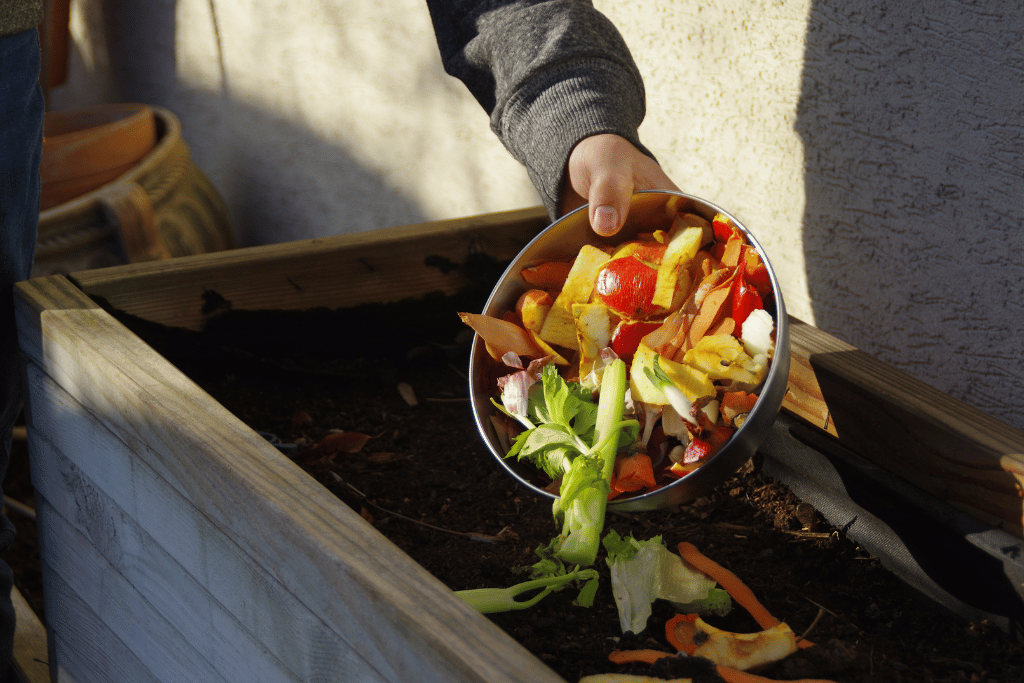
Compost Bins
Compost bins are available in a variety of shapes and sizes, so be sure to shop around to find the one right for you. Some are even designed to be aesthetically pleasing, so you don’t have to worry about hiding them away in the corner of your yard. The bin also contains waste which is more appealing than leaving it open in a pile, deters pests, and makes it easier to rotate material which encourages decomposition. The most basic compost bin will have a single compartment, an opening at the top to put in waste, and another opening or door at the bottom to take out composted material.
A step up from this is a two-compartment system. This allows you to let one full compartment sit and decompose while you fill-up the second. Then, use the compost from the first compartment and let the other one rest. This is a great way to quickly get useable compost and prevents you from constantly adding new material to a decomposing pile.
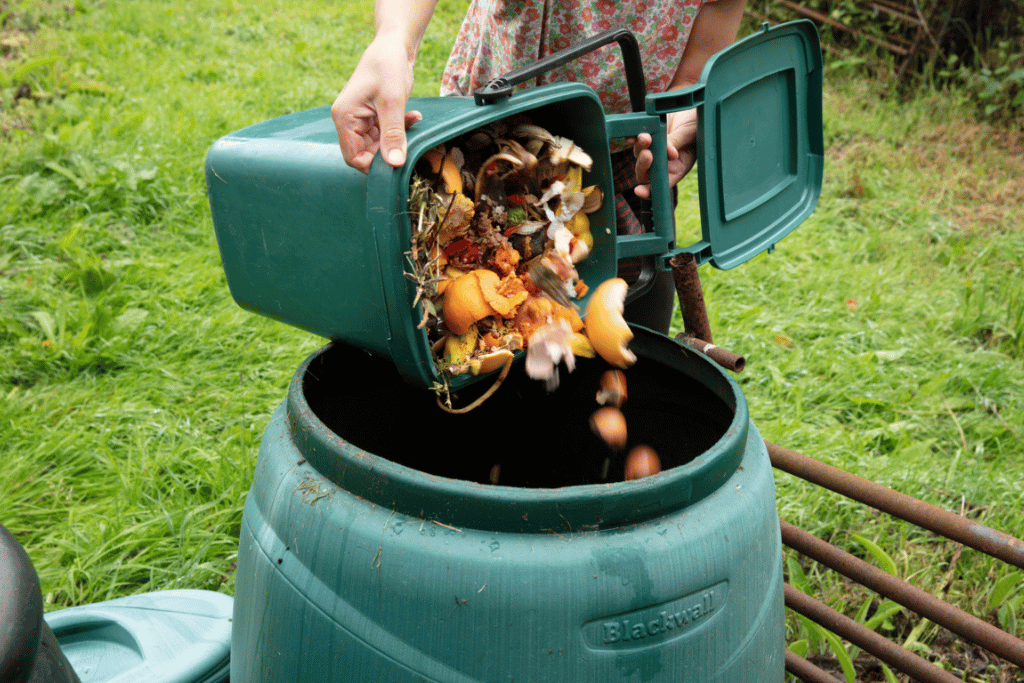
Three-Bin Compost System
A 3-bin compost system is one of the more advanced bin styles. This involves three, equally sized compartments that are used in rotation to allow each to hold a different stage of the composting process. This rotation can help to speed up composting process. For people who are composting large amounts of organic waste, you will likely have more success with a three-bin compost vs. pile.
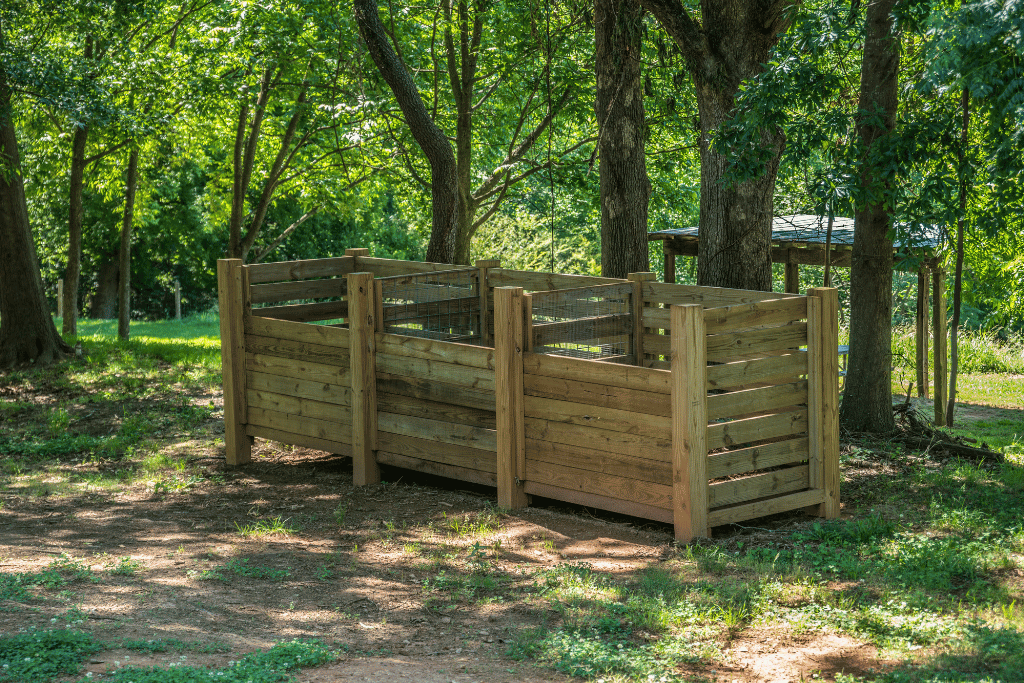
Compost Pile
Unlike a bin, a compost pile is a large, open pile of food waste and other materials to be composted. This method is often suitable for larger properties, like farms, and allows the easy dumping of waste from tractors or other machines. If you have a large amount of food waste to compost, a pile is a good choice but can grow in size quite quickly, so you want to make sure you have enough space. An open pile is also good for breaking down materials of all sizes since you don’t have to worry about what can fit into your bin.
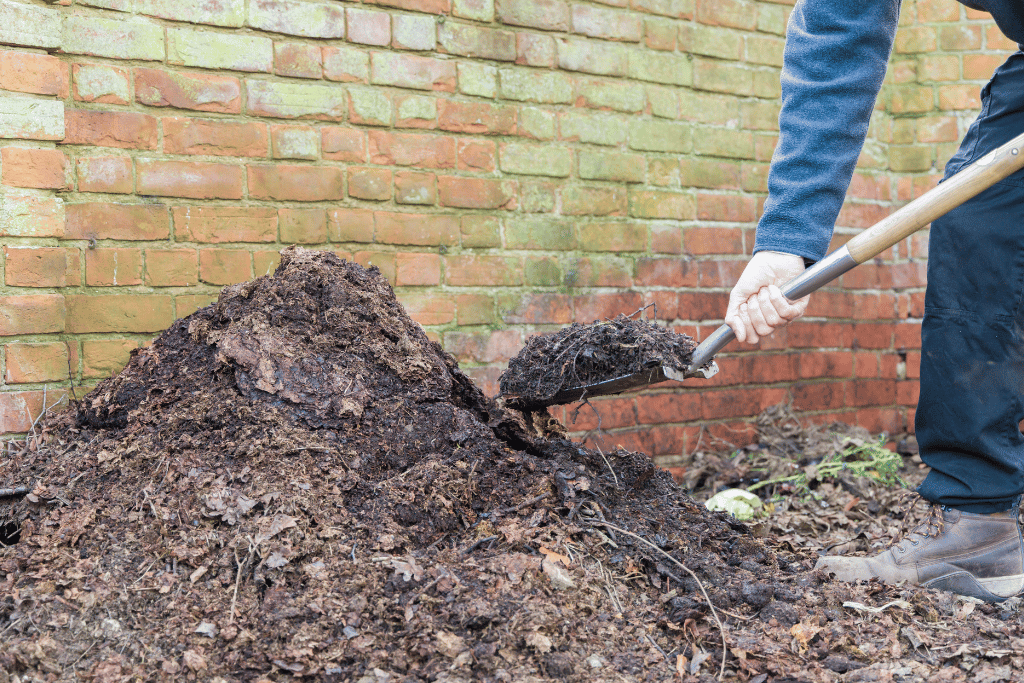
Compost Pit
Yet another method of composting is composting in pits. This is a great way to add compost directly into your yard or garden, skipping the step of allowing it to decompose in a bin or pile and then adding it back to your plants. You can set up pits for compost by simply digging a pit in your yard and adding food waste. Once full, cover the pit with grass clippings and leaves. Worms and bugs in the soil will be attracted to the waste and will break down the food material, adding nutrients directly back into your soil.
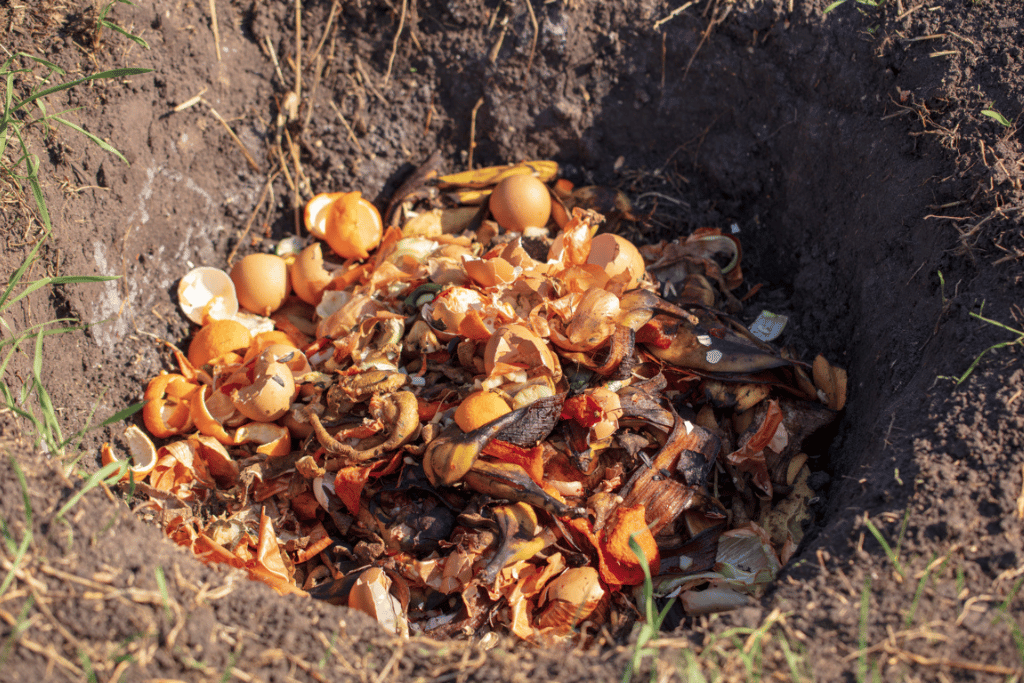
Compost Bin vs. Pile vs. Pit
For an easy comparison, the pros and cons of each method discussed above are summarized here.
Compost Bin
Pros:
- Smaller size and more contained, making it a good choice for a smaller yard
- Less attractive to pests as it is closed and sometimes raised from the ground
- Easier to rotate by spinning or rolling the compost bin
Cons:
- Lower temperature which limits the ability to kill off weed seeds, bacteria, and other pathogens
- Reduced airflow due to its enclosed nature, may slow decomposition
- Limited size of materials it can accept
Compost Pile
Pros:
- Holds lots of material and of various sizes
- Better airflow, increasing speed of composting
- Higher temperatures which can kill off seeds, reducing risk of introducing weeds to your garden
Cons:
- Takes up more space and can get quite large
- Messy, open pile of waste is not always nice to look at
- Attracts pests due to odor and being open to elements
- Hard to rotate and may be large enough to require machines to rotate and mix up the waste
Compost Pit
Pros:
- Cost-effective, just need to dig!
- Space-saving, can place multiple, small pits around your yard or garden
- Improves soil structure and nutrients quickly
- Hides waste from pests
Cons:
- Slower decomposition due to lower temperatures and low volumes of waste
- Potential odor in garden and yard
- May be hard to access depending on the location of pit
Conclusions On Composting
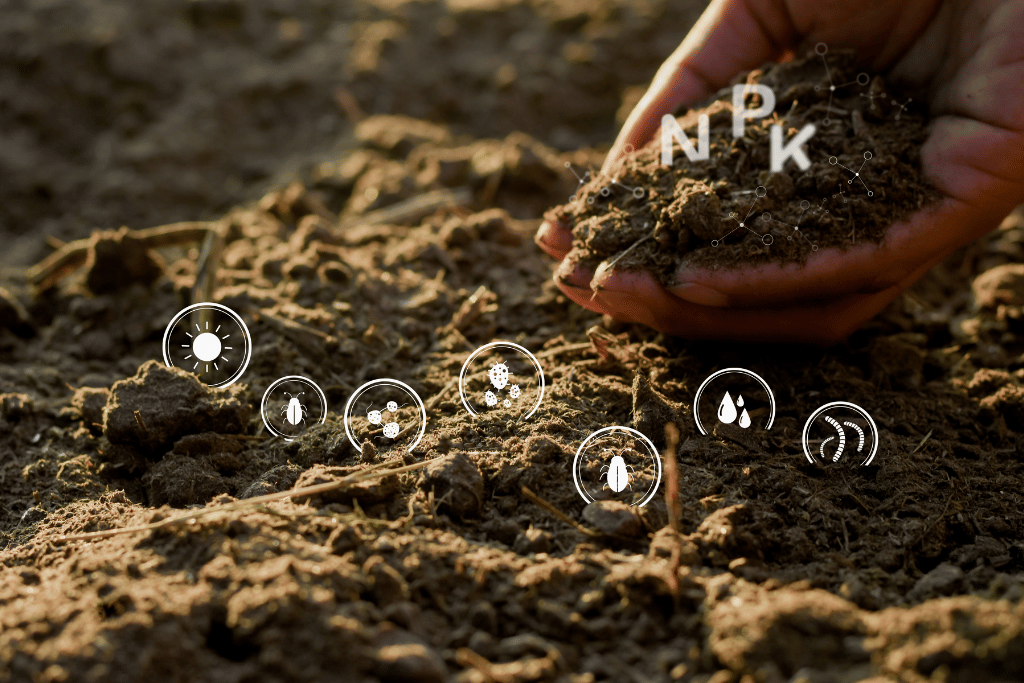
By using the tips and comparisons above, you should be able to easily determine the best composting system for your needs. Take into consideration how much space you have, how much food waste you produce, and how quickly you need your compost to be ready for use. You should also think about how much time you want to spend maintaining, checking, and rotating your compost, and whether you are concerned about attracting pests. Once you have the compost method that is right for you, all that is left to do is to save up your food waste, let it decompose, and use it to keep your garden happy and healthy!



